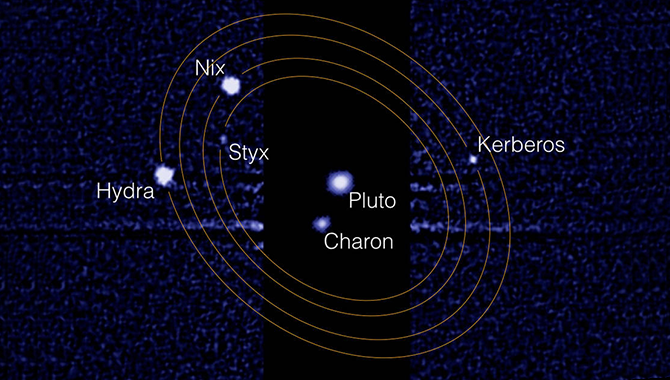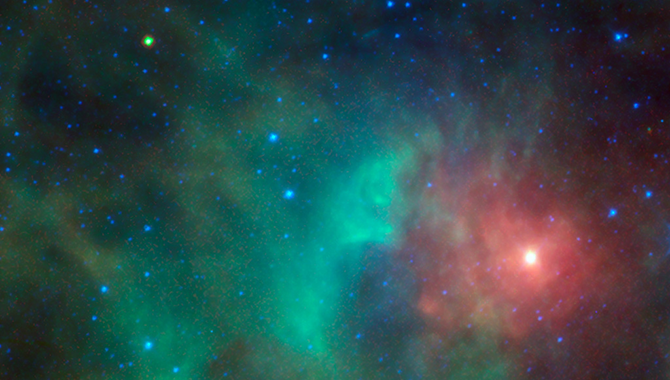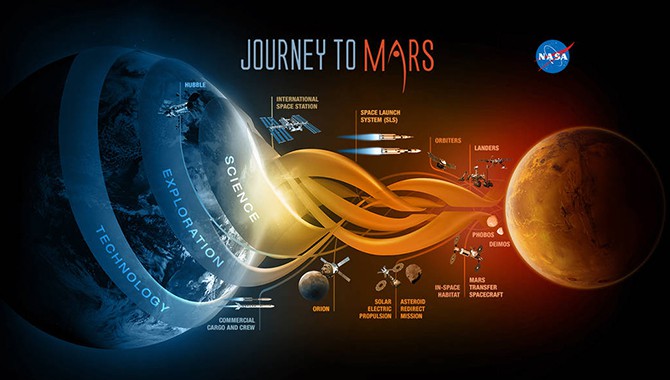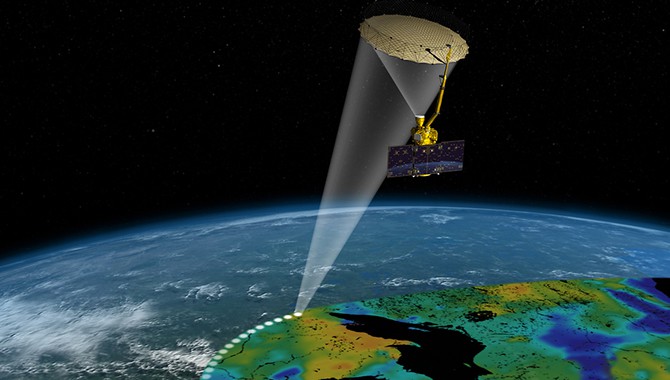
On the journey to Mars, small steps can be as valuable as giant leaps forward. The recent Low-Density Supersonic Decelerator (LDSD) test is a prime example.

On the journey to Mars, small steps can be as valuable as giant leaps forward. The recent Low-Density Supersonic Decelerator (LDSD) test is a prime example.

Findings from the Hubble Space Telescope reveal a chaotic environment around Pluto that could endanger the upcoming New Horizons flyby.

In 2013, NASA repurposed a non-operational spacecraft as an asteroid hunter. That mission now helps protect Earth—while contributing to the journey toward Mars.

State-of-the-art science instruments have been selected to help the Europa mission answer the big question: Are we alone in the universe?

NASA recently released the draft 2015 Space Technology Roadmaps, which identify promising new technologies that could advance agency missions.

At a recent summit meeting, Charles Bolden discussed NASA’s plan to reach Mars. “This plan is clear. This plan is affordable. And this plan is sustainable,” he said.

Mercury-Redstone 3, the first American manned mission to space, engaged the world—and cleared a path to the moon.

A recent GAO report confirmed that cost and schedule growth among NASA’s major acquisition projects remains low compared with previous years.

What do some of the greatest engineering innovations have in common? They started with a mistake.